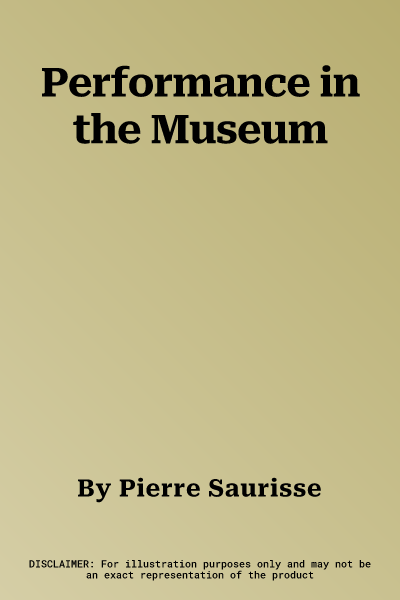Performance in the Museum charts the main stages of the inclusion of
performance in the museum from the 1970s to the present day. While
performance emerged in the late 1960s as an anti-institutional form of
art, it has recently gained an extraordinary visibility in contemporary
art museums. This book focuses on three specific areas affecting
museums: how to display performance art, conservation of performance
art, and acquisition. What emerges from this study is that the museum,
although rarely anticipating the specific issues raised by performance,
has assumed a unique position in devising curatorial strategies adapted
to this medium. The crux of Performance in the Museum is the
visibility recently given to performance in museums. Through close
analysis of a selection of exhibitions and curatorial practices from
many different parts of the world, and from specific periods from the
past fifty years, this book identifies key moments of the integration of
performance in the museum, thus filling a crucial gap both in the
history of performance and curatorial studies. Despite the recent surge
of exhibitions on performance and the part played by museums in this
phenomenon, the history of the display, the conservation, and the
acquisition of live performance remains largely uncharted. This book
offers a thought-provoking and highly readable assessment of some
fundamental questions in contemporary curatorial practice.

